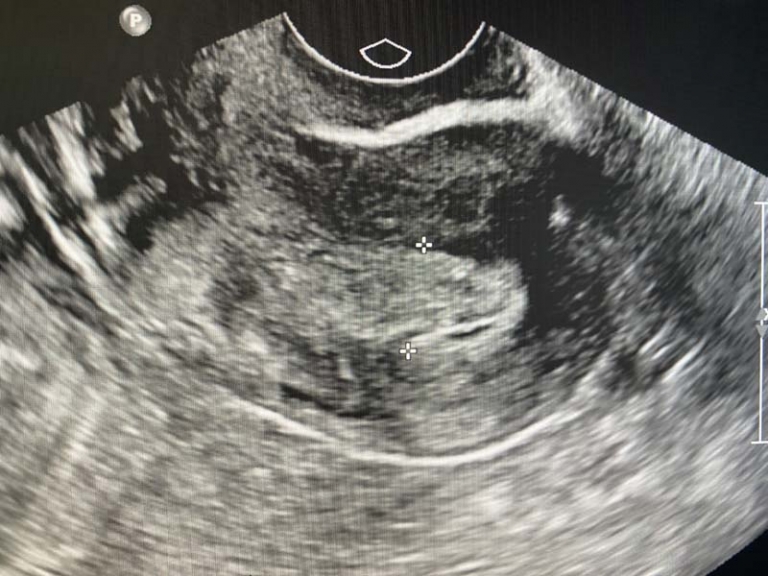Anteflexed Uterus
What is an Anteflexed Uterus?
An anteflexed uterus, also known as a tilted or tipped uterus, is a common variation in the position of the uterus. In this condition, the uterus is tilted forward, creating an angle between the cervix and the body of the uterus. This angle is typically less than 90 degrees, causing the uterus to bend forward, toward the bladder.
Causes of an Anteflexed Uterus
An anteflexed uterus is usually a congenital condition, meaning it is present from birth. It is a normal anatomical variation and is not considered a disease or a medical condition. However, in some cases, an anteflexed uterus can be caused by other factors, such as:
– Endometriosis: This condition, where the tissue that normally lines the uterus grows outside of it, can cause scarring and adhesions that pull the uterus into an anteflexed position.
– Pelvic inflammatory disease (PID): Infections in the reproductive organs can lead to scarring and adhesions, potentially altering the position of the uterus.
– Uterine fibroids: Non-cancerous growths in the uterus can change its shape and position, leading to an anteflexed uterus.
Symptoms of an Anteflexed Uterus
In most cases, an anteflexed uterus does not cause any symptoms and is often discovered during a routine pelvic exam or imaging tests. However, some women with an anteflexed uterus may experience the following symptoms:
– Painful menstrual cramps: The tilted position of the uterus can cause more intense menstrual cramps due to the potential obstruction of menstrual flow.
– Painful intercourse (dyspareunia): The angled position of the uterus can make certain sexual positions uncomfortable or painful.
– Infertility or difficulty getting pregnant: In some cases, an anteflexed uterus can make it harder for sperm to reach the egg, potentially contributing to fertility issues.
It’s important to note that these symptoms can also be caused by other conditions, and an anteflexed uterus may not necessarily be the sole cause.
Diagnosis of an Anteflexed Uterus
An anteflexed uterus is typically diagnosed during a pelvic exam or imaging tests, such as:
– Pelvic exam: During a pelvic exam, the healthcare provider can feel the tilted position of the uterus.
– Ultrasound: An ultrasound can provide a clear image of the uterus and its position.
– Hysterosalpingogram (HSG): This X-ray procedure can visualize the shape and position of the uterus and fallopian tubes.
Management of an Anteflexed Uterus
In most cases, an anteflexed uterus does not require any specific treatment, as it is a normal anatomical variation. However, if the condition is causing significant discomfort or fertility issues, the following management options may be considered:
– Medications: Over-the-counter pain relievers or prescription medications can help manage menstrual cramps or pain associated with an anteflexed uterus.
– Fertility treatments: If an anteflexed uterus is contributing to fertility issues, assisted reproductive technologies, such as in vitro fertilization (IVF), may be recommended.
– Surgery: In rare cases, if an anteflexed uterus is causing severe symptoms or complications, surgical intervention may be considered to reposition the uterus or remove any underlying conditions, such as endometriosis or fibroids.
Conclusion
An anteflexed uterus is a common anatomical variation that is typically asymptomatic. While it can sometimes cause discomfort or fertility issues, understanding the condition and seeking appropriate medical advice can help manage any potential symptoms or concerns. If you suspect you may have an anteflexed uterus or are experiencing related symptoms, it’s important to consult with a healthcare professional for proper diagnosis and personalized treatment options.

